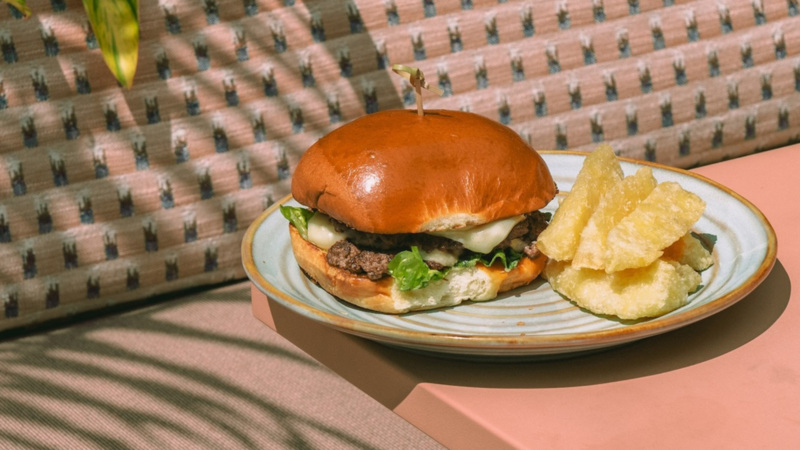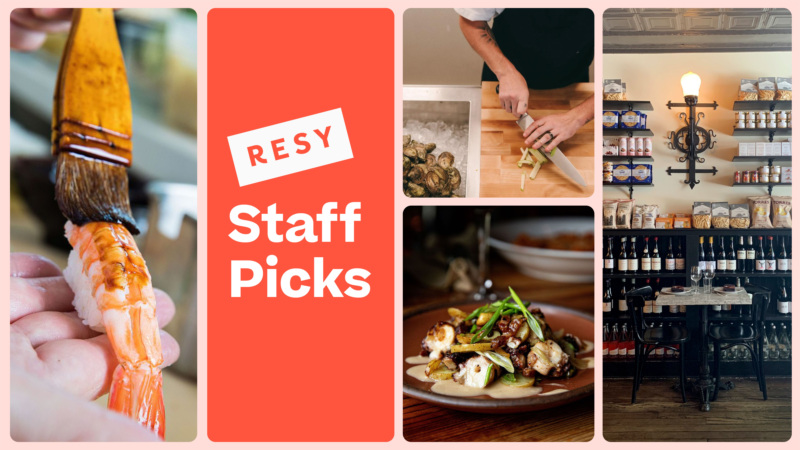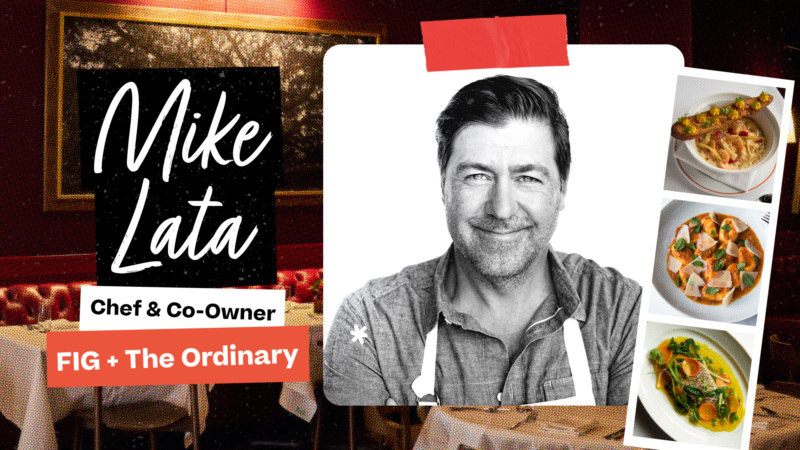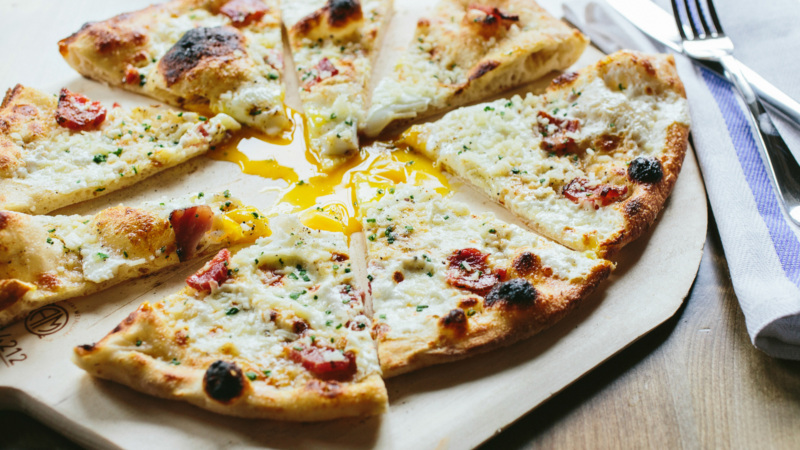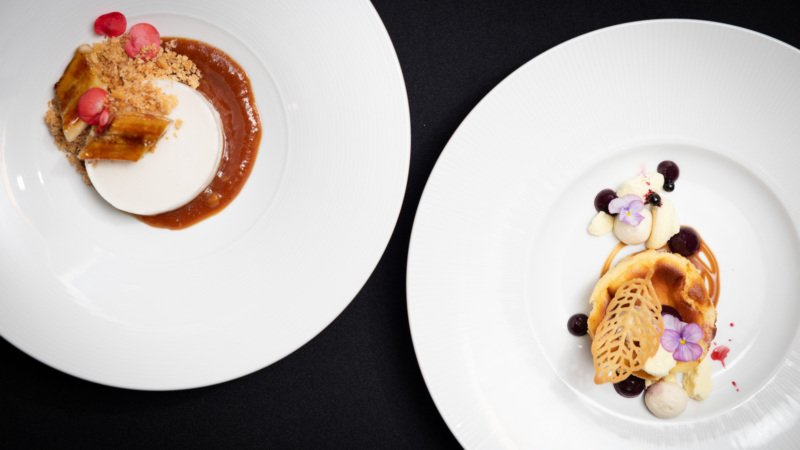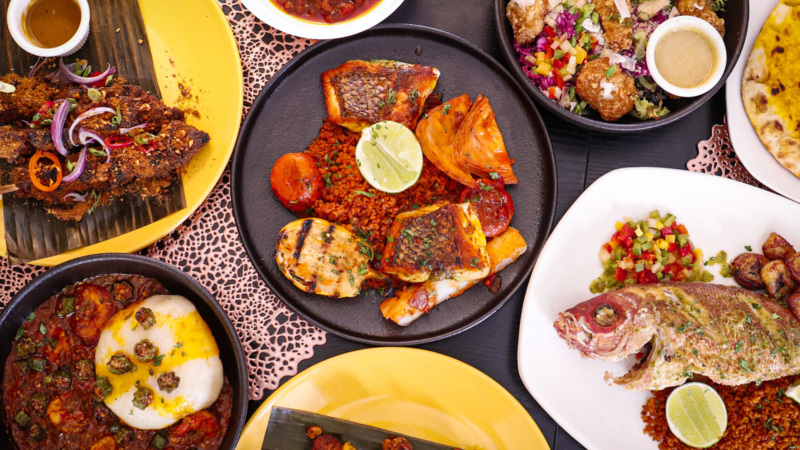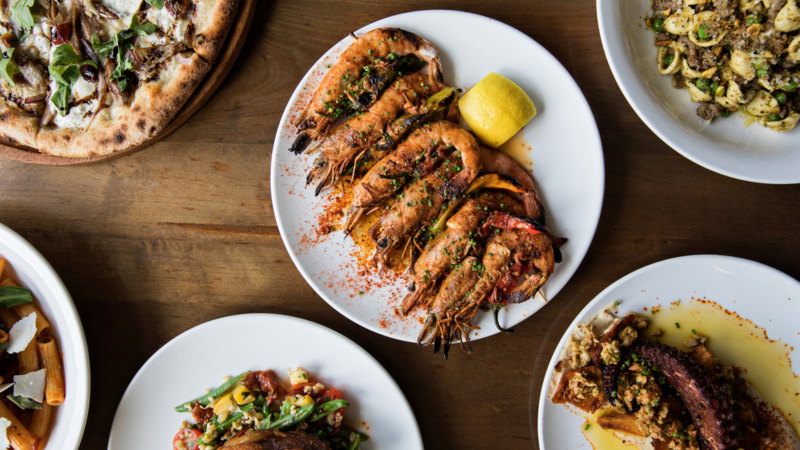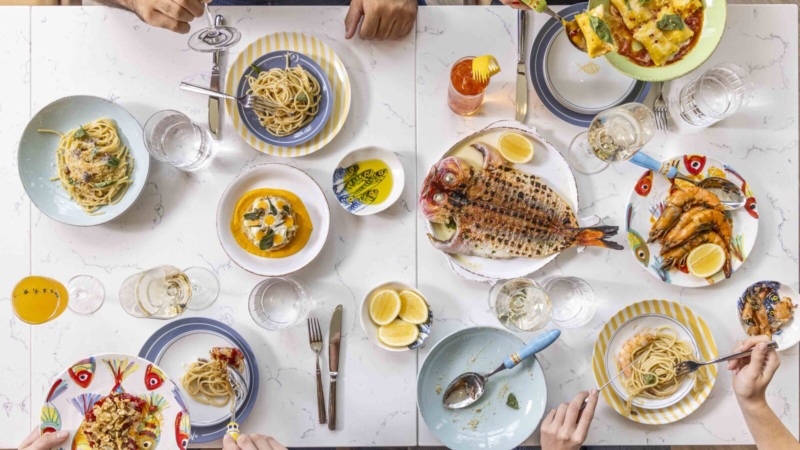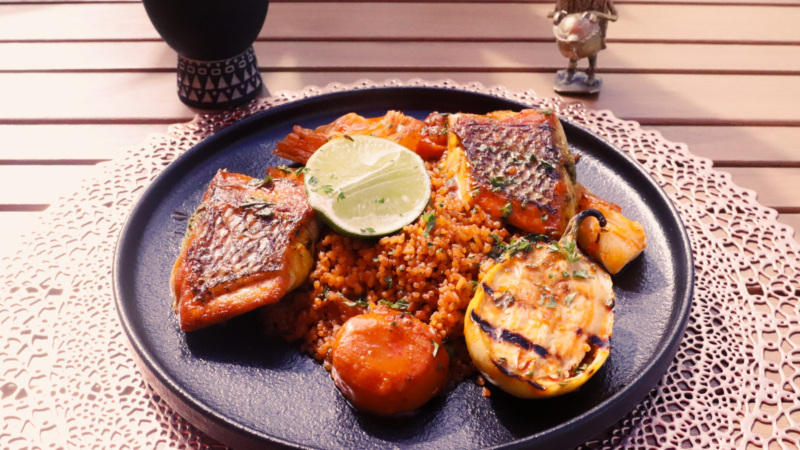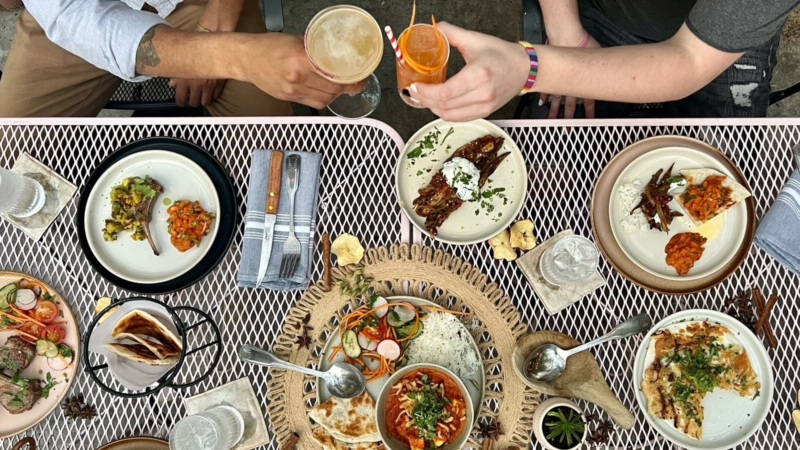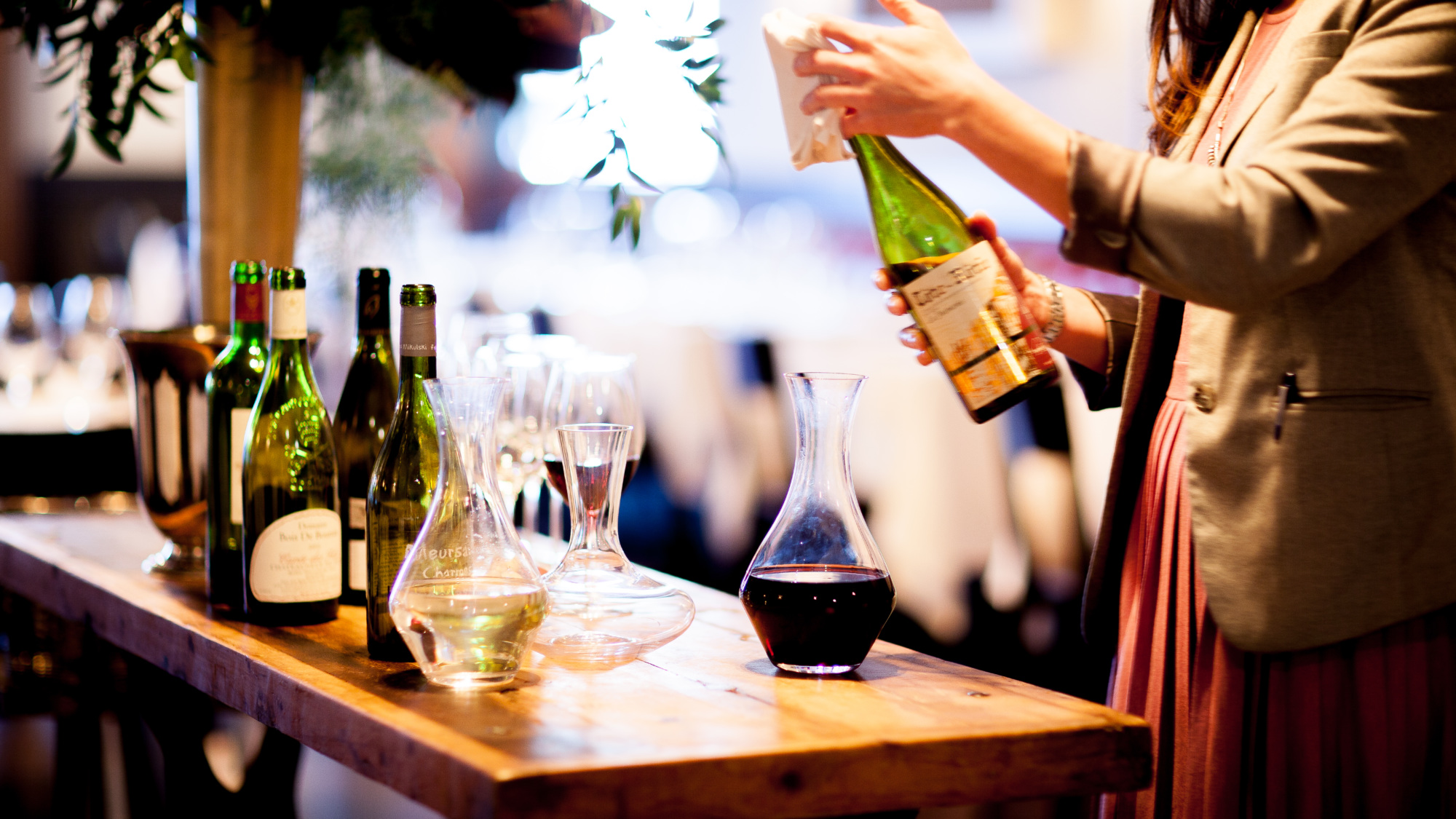
At FIG, The Menu Changes With the Seasons. So Does The Wine List.
One Great List is Resy’s occasional tribute to particularly noteworthy or unique wine programs around the country.
Locals know that to occupy a stool at the white marbled bar at Charleston’s FIG is to have won the game. It’s where you’ll feel the FIG shine full-on. And for the last nine years, a large component of that shine comes straight from general manager and wine director Morgan Calcote. Her work makes FIG a place that is for some a special occasion and for others, a spot where they happily will sit down three times a week — it’s current, unfussy, personal.
At 19 years old, restaurant FIG, owned by chef Mike Lata and his business partner Adam Nemirow, sits among the rank of restaurants across the U.S. that includes Chez Panisse in Berkeley, California, Highlands Bar & Grill in Birmingham, Alabama, and Gramercy Tavern in New York City, restaurants that place a premium on an attentive staff, are seasonal to the week, and offer noteworthy (but not ostentatious) wine lists that lean to Europe (namely France and Italy), infused with California names to know.
Calcote’s list is an exercise in admirably precise editing; at 13 pages long, it’s by no means small, but it won’t monopolize the dinner table. This comes with the assertion that FIG knows its place. “We’re not a wine bar, we’re not a wine-first establishment; we’re a restaurant,” says Calcote. “Our work is taking care of people around a meal.”
The dinner menu from executive chef Jason Stanhope changes all the time. Charleston’s climate makes it so that it has way more than four seasons — tomatoes comes around twice a year. The keystone chicken liver pate and ricotta gnocchi Bolognese will never come off the menu, but the rest, ideologically devoted to Lowcountry and driven by French and Italian technique, is ever-evolving, depending on the citrus, young salad greens, sweet root vegetables the farmers bring in, or whatever’s coming in off the boats.
“We know the names of people who bring us our food and we try to reflect that with our wine program,” Calcote says. “We know the families and their stories.”
- The Resy Guide to the Best Outdoor Tables in Charleston
- Everything You Need to Know about Three Sirens, Charleston’s New Ode to Seafood
- Everything You Need to Know About Baker & Brewer, in Downtown Charleston
- The Resy Guide to Charleston’s Top Places for Brunch
- Yes, Shiki Is Charleston’s Oldest Sushi Restaurant. But It’s Got a New Shine.
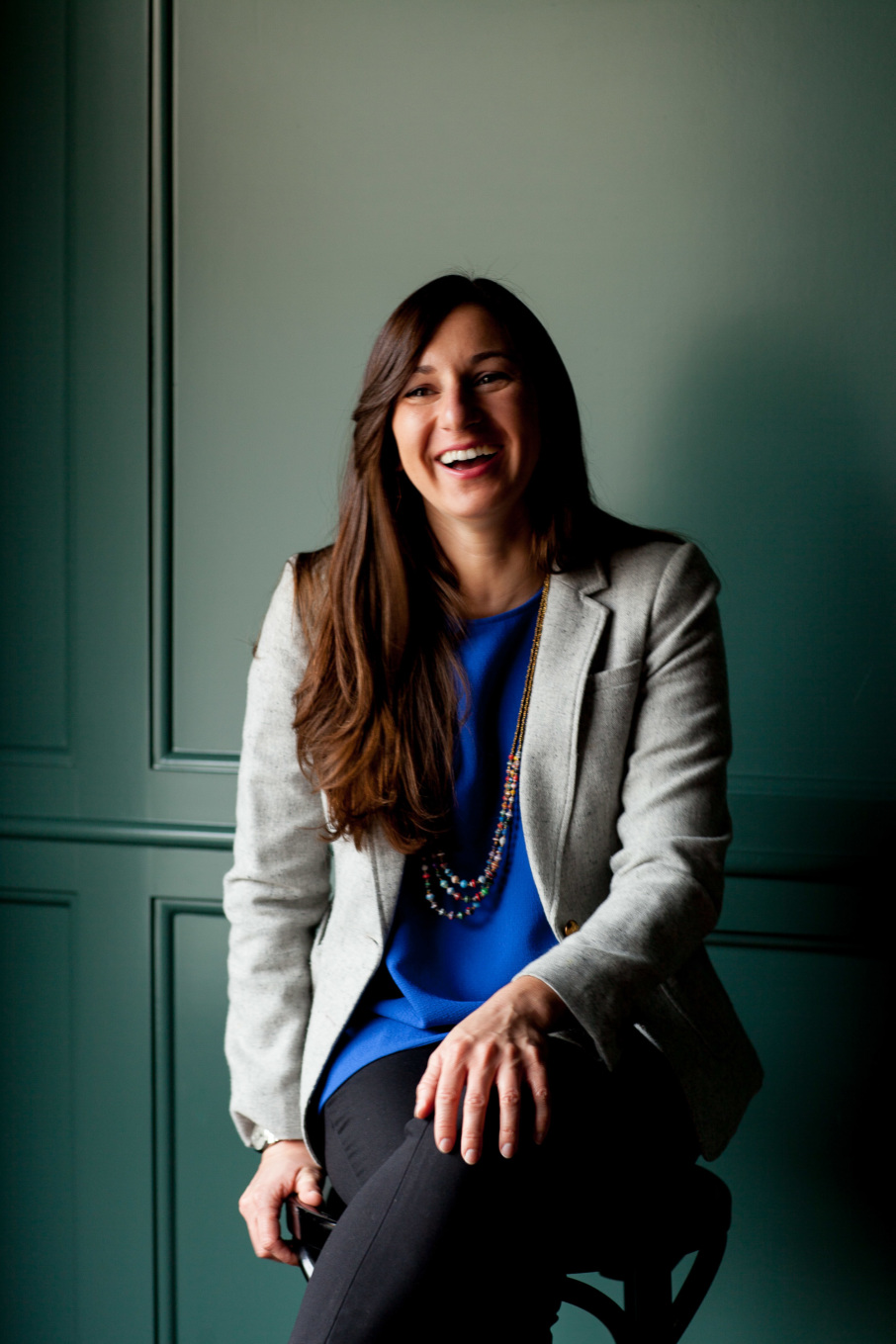

In order to stay on-pace with the kitchen, the wines need to move as quickly as the food. Calcote works with a similarly one-in-one-out methodology to keep herself in check, even in wine regions for which she has a real affection. Take Italy, for example. “I have to keep it to a page; it always comes back to what’s going to drink well with the food, which helps me curb some of my desires,” she says. “Nebbiolos are more represented in the winter and then I try to brighten it up a bit in the spring, with more alpine and more coastal wines.”
The magic is that the right wine is always there, for now, as spring heads into the sweaty southern summer, it’s a friulano from Ronco del Gnemiz in Friuli or a light-bodied rossesse from Ka’Maciné in Liguria. (That said, there remain four wines made from nebbiolo available, even in these warmer months, a sign that these wines are of great import.)
FIG is a place that knows itself and it’s a wine list that knows itself, too. “There are not 40 dishes on the menu, and there are not 400 wines on the wine list, but there’s no bad decision to be made with the food,” Calcote says.
To this end, there’s a set of grower Champagnes that spans Benoît Déhu’s earthy meunier-driven La Rue des Noyers in the Marne to Chartogne-Taillet’s spiced pinot noir-based rosé, as well as a number of sparkling wines from elsewhere.
Within the white wines, a group of riesling in its many forms includes Müller-Catoir’s chockablock Mandelgarten spätlese from Germany’s Pfalz and five expressions of chenin blanc from the Loire; there’s Peay chardonnay from Sonoma, with its “generous fruit and body, but still balanced,” Calcote says. For heftier vegetable dishes and proteins, rosés span from the rich Provencal Clos Cibonne tibouren to Martha Stoumen’s cool Post-Flirtation.
And then a smattering of “reds that don’t fall too far to the heavy side of the spectrum,” such as nerello mascalese from Romeo del Castello on Sicily’s Mount Etna, a blend from Daterra and a trepat from Lectores Vini in Spain, and domestic pinot noir. The majority of bottles at FIG fall below the $100 mark — “where it’s comfortable to have two bottles of wine with dinner,” Calcote says.
Four Essential Wines from FIG’s Morgan Calcote
2019 Thibaud Boudignon Anjou ($90): Chenin Blanc is one of the longer sections of Calcote’s wine list, with five bottlings. This, a perennial favorite of hers, comes from a producer with just five acres in Anjou, farmed biodynamically. “The word that comes to mind is crystalline. That doesn’t make it lean or linear, it’s just so dialed in — orchard fruit, minerality, mouthwatering,” she says.
2018 4 Monos Cien Lanzas ($86): The Sierra Gredos area, just outside Madrid, has become a point of focus for winemakers in the New Spain vein. Mostly garnacha with some carignan blended in, Calcote notes the wine’s “purity of expression of place.” It’s made using whole clusters and sees a year in old barrels. “It’s another one of those wines that’s like ‘ooh tomatoes.’ — or lean proteins, roasted, or grilled. It’s one of the few reds that sounds appealing when it’s 85 degrees out,” she says.
2021 Matthiasson Rosé ($16 by the glass, $64 by-the-bottle): From California, a rosé that’s heavy on grenache, with small percentages of syrah, mourvèdre and counoise. “This is an example of a rosé that translates so well to the summer table, with a watermelon and tart strawberry profile,” Calcote says. “It’s good with green vegetables because it has an herbal quality, too.”
2021 Day Wines Vin de Days l’Orange ($68): This Oregon orange wine from the Willamette Valley is a blend of Müller-Thurgau, riesling, gewürztraminer, and pinot gris. “It sees three weeks of skin contact, which sounds like a lot but because it’s made from aromatic varieties, but the first thing you get is a heady bouquet of florality and citrus pith. The tannin presence is subtle.” It’s been an ace with soft-shell crabs and a curried carrot puree this spring.
Here, among the Beaujolais and Loire chenins and Muscadets, wines that she has “an enduring affinity for,” Calcote weaves in more fringe and natural wines in a way that feels right for FIG. “We try to not jump on every trend if it doesn’t fit what we’re doing. It’s a little more tempered,” Calcote says. She’s made room for wines like Equipo Navazos Palomino Fino, an oxidative wine made from grapes traditionally used in sherry — without fortification — or the earthy, subtly tannic Laissez Faire Riesling from Austria’s Christian Tschida.
Many of these more boundary-pushing bottles are noted on the list with a little bunch of grapes. “That symbol is like a gentle — not caution light — but let’s have a little conversation because it might not be what you expect,” she says, with a laugh.
Megan Krigbaum writes about wine and all sorts of other drinks and travel for numerous publications. She’s currently a contributing editor for PUNCH, and formerly a wine editor at Food & Wine. Follow her on Twitter. Follow Resy, too.










